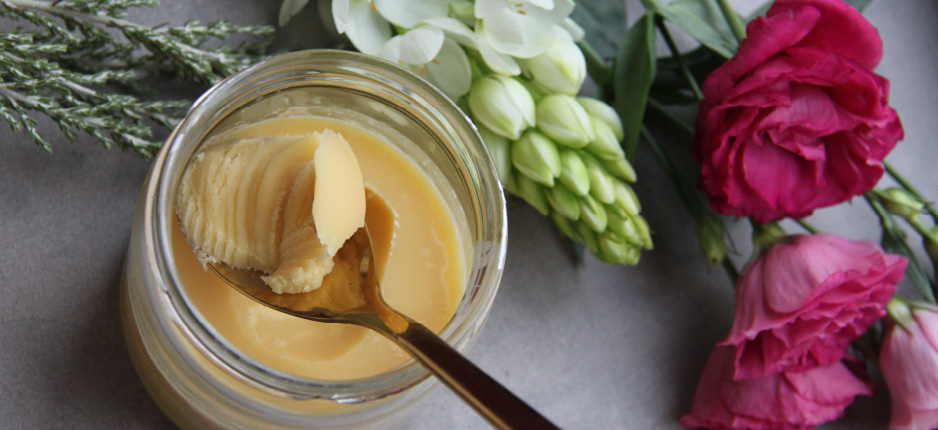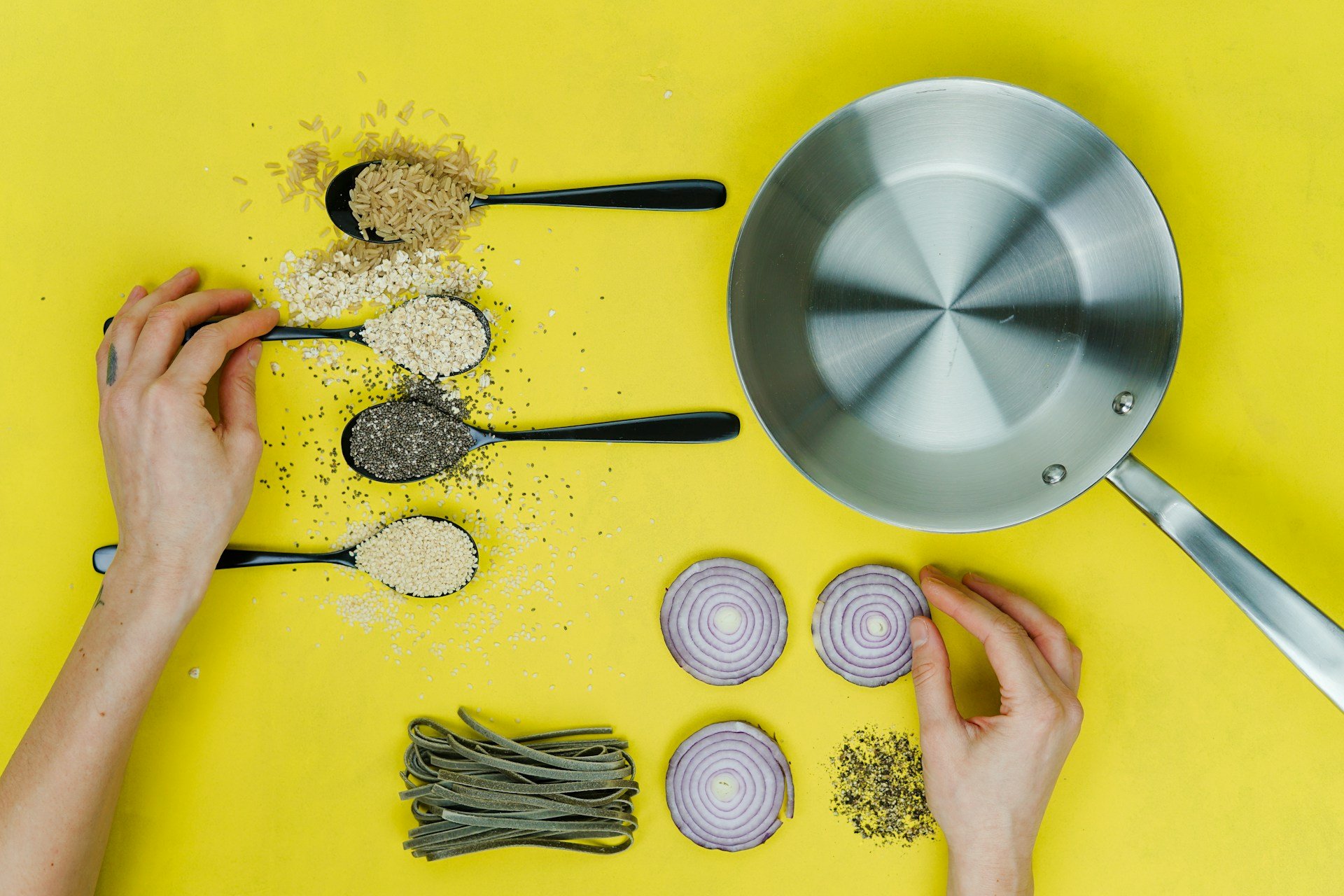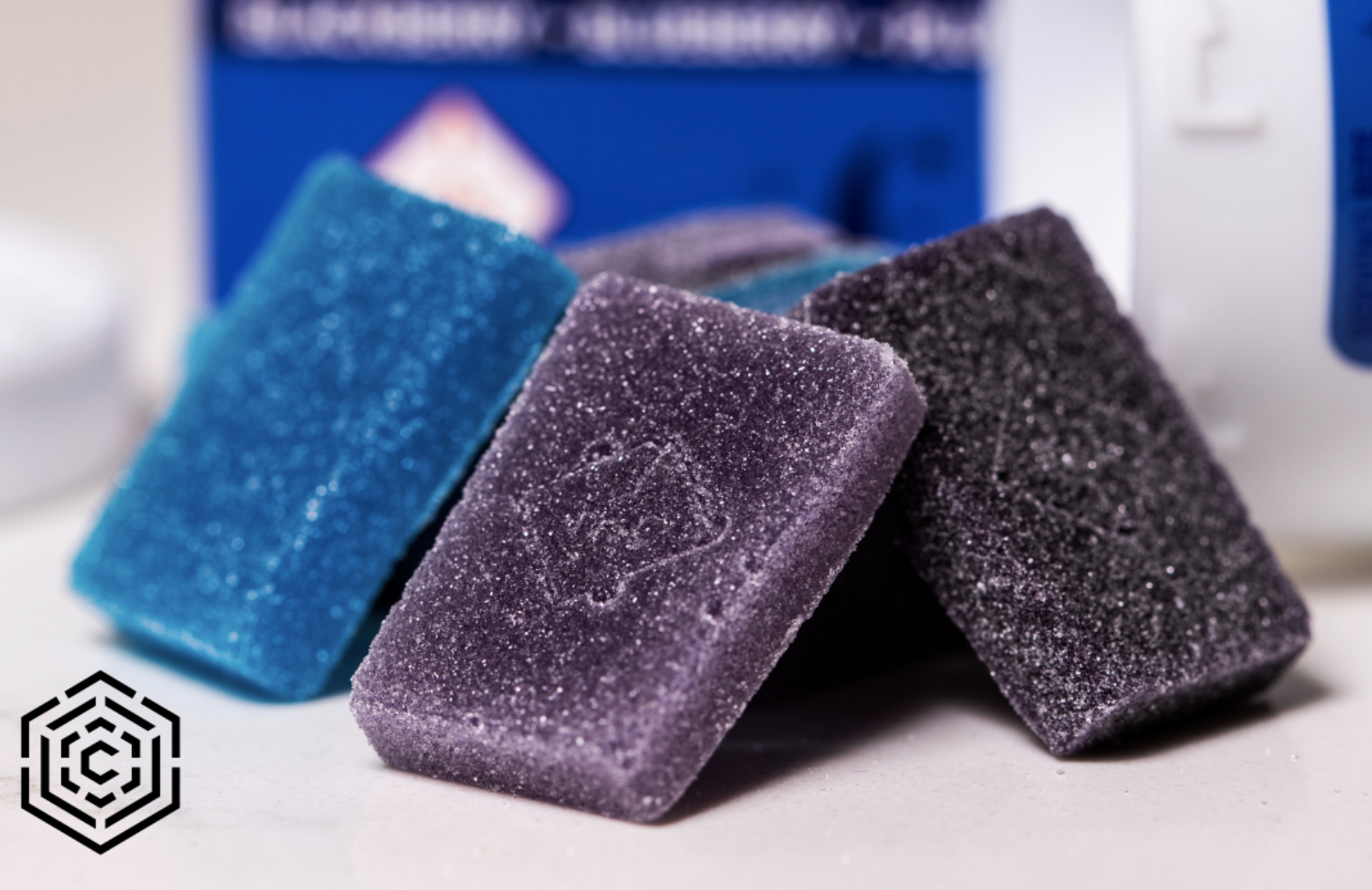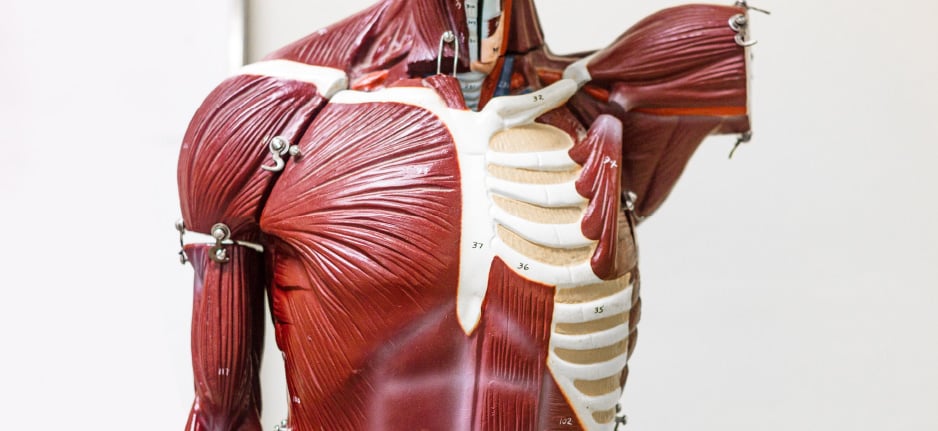If you’re interested in trying your hand at homemade cannabis edibles, you’ll want to learn how to make cannabis-infused butter, also known as “cannabutter.” This essential ingredient will allow you to transform virtually any recipe into a cannabis edible. Simply substitute your regular butter, plant-based butter substitute, or cooking oil with cannabutter.
When you learn how to make your own edibles with cannabutter, you can ensure that your edibles meet your exact needs. You can use specific cannabis strains, adjust the potency, and choose your favorite recipes. Making your own edibles with cannabutter is an option for people who have food allergies, special dietary restrictions, or those who simply enjoy spending time in the kitchen.
If you’re looking to experiment with homemade edibles, the steps below will teach you how to make cannabutter:
- Gather your ingredients
- Heat and prepare the cannabis flowers
- Melt your butter or oil
- Add cannabis
- Simmer
- Strain the cannabutter
- Test the potency
Step 1. Gather Your Ingredients
To make cannabutter, you’ll need 7-10 ounces (approximately 1 cup) of cannabis flower. You will also need 1 cup of butter.
If you are vegan or lactose intolerant, you can use a plant-based butter substitute or cooking oil instead. Coconut oil is a popular alternative. Just be mindful that different oils have different burning points and make sure you watch your oil carefully during the melting step.
Step 2. Heat And Prepare The Cannabis Flowers
This is an essential step when you’re learning how to make cannabutter at home.
Cannabis flowers contain a nonactive cannabinoid called THCA, which needs to be heated to become THC. It’s why you wouldn’t feel much of an effect if you simply ate a raw cannabis leaf.
If you don’t heat your cannabis, your cannabutter won’t be very potent. This process is also known as decarboxylating or “decarbing.” To heat your cannabis flowers:
- Preheat your oven to 245 degrees F
- Lay your cannabis flowers on a nonstick cookie sheet or tray, spreading the flower evenly
- Heat for 20-30 minutes, periodically turning the flowers to ensure that they are heated evenly
You’ll know your cannabis flowers are sufficiently heated when they are light to medium brown and very dry. They should crumble easily when touched. Allow your cannabis flowers to cool, then grind them. We recommend a “coarse” grind.
Step 3. Melt Your Butter Or Oil
Next, melt 1 cup of butter or oil into a saucepan on low heat.
Step 4. Add Cannabis
Once your butter or oil begins to melt, slowly add your cannabis flowers and stir.
Step 5. Simmer
Lower the heat to a simmer. If you have a food thermometer, use it to monitor the temperature of your cannabutter. Don’t let the heat rise above 200 degrees F, or you may burn the mixture. Don’t allow it to come to a full boil. If the temperature rises, add water as necessary.
Let your cannabutter simmer for 2-3 hours. Although this might seem excessive, the longer cooking time ensures that the butter or oil fully absorbs the cannabis infusion. Watch the pan closely and stir at regular intervals.
You’ll know the cannabutter is ready when the mixture is glossy and dark brown.
Step 6. Strain The Cannabutter
Prepare a glass jar or storage container for your cannabutter. Place cheesecloth inside a funnel then set the funnel over the container. Remove the cannabutter from the strove. Allow it to cool slightly, but not too much -- you don’t want the cannabutter to begin to solidify. Then, pour the liquid cannabutter into the funnel.
Pour slowly so that the cannabutter strains naturally. You may gently shake the funnel to encourage the liquid to strain faster, but don’t squeeze the cheesecloth. This can force excess plant material into the jar, negatively affecting the taste of your cannabutter.
Once your container is full, seal it tightly and refrigerate.
Note: If you added water to your cannabutter during cooking, the water may separate during refrigeration. Once the cannabutter has solidified, you can use a knife or spoon to make a “hole” in the cannabutter and pour out any excess water.
Step 7. Test the Potency
Many variables can affect the potency of homemade cannabutter. Even if this is not your first time making cannabutter, some batches may be stronger than others based on the cannabis strain or the temperature during decarboxylation. That’s why it’s important to always sample your cannabutter before using it in a recipe.
Try a quarter teaspoon on a slice of toast or a cracker, then wait for the effects to begin. Observe how strong the effects feel and how long they last. This will give you a sense of your cannabutter’s potency. If it’s stronger than you intended, make your edibles with a blend of cannabutter and regular butter (or cooking oil).
It’s also recommended to label your cannabutter. Include the date, strain, and approximate potency. When stored properly, your cannabutter will last as long as regular butter or oil.
Try Cannabutter In Any Recipe
When you learn how to make cannabutter, you can create your own edibles at home using almost any recipe. Try it today!




